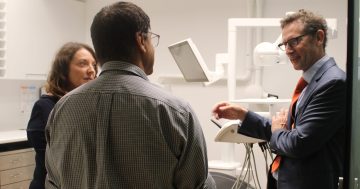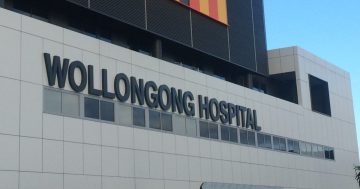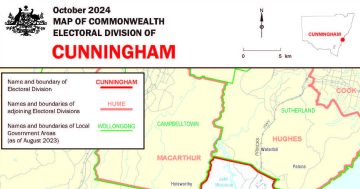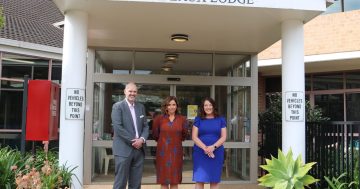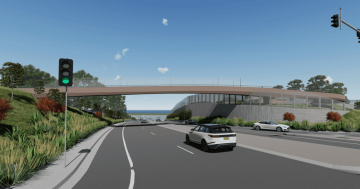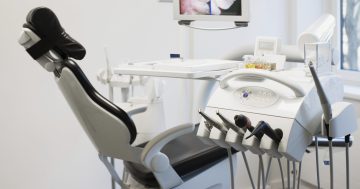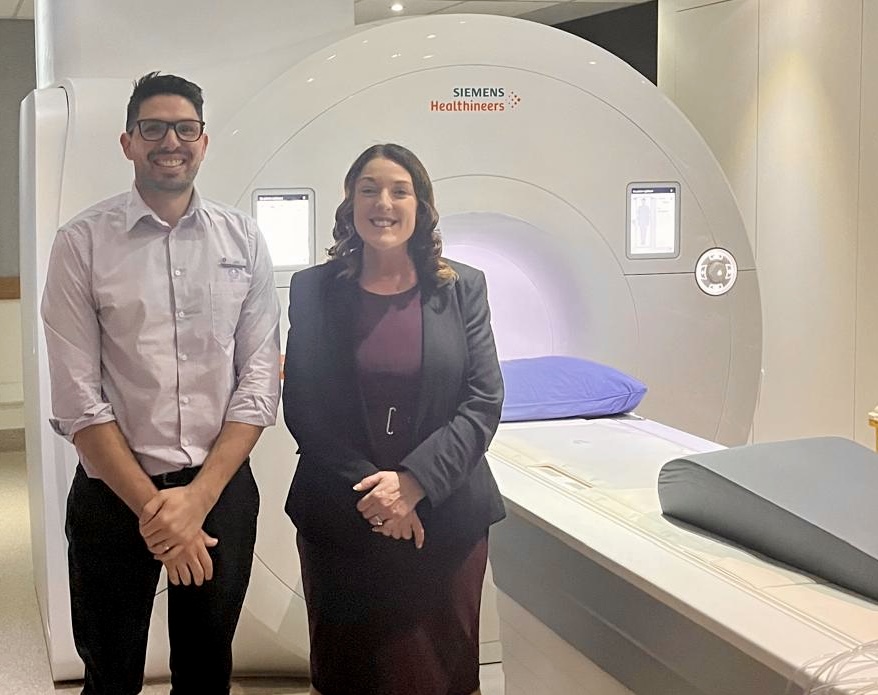
PRP Wollongong Chief Radiographer John Girardi with Cunningham MP Alison Byrnes. Photo: Cunningham Electoral Office.
Illawarra patients could save hundreds of dollars on important diagnostic imaging, with changes to MRI regulation making the scans more accessible and affordable through Medicare.
The Federal Government has changed the eligibility of MRI licensing to allow more practices to bill the service to Medicare in the first of a two-stage approach to expand access to the scans.
From 1 July regulation shifted from machine-based licensing to practice-based licensing, meaning more machines will be eligible to provide Medicare-rebated MRI services which could reduce patient out-of-pocket costs and increase availability of appointments.
“The Albanese Government wants to make MRI scans accessible for whoever needs them,” Cunningham MP Alison Byrnes said.
“Local people tell me that the cost of healthcare is one of their top concerns and this change will help to save local people money on the cost of their scans, as well as give patients more choice on where to get them.”
PRP Diagnostic Imaging in Wollongong and Shellharbour are now able to provide Medicare-funded services for the 120 scan types listed on the Medicare Benefits Schedule, which could save patients up to $700 on each scan.
“We think it’s a very important offering for patients in the Illawarra and we think the government approach makes a lot of sense and will provide people with a better service over time,” PRP CEO Michael O’Sullivan said.
“And the quicker people get their scans the better health outcomes people get and this will enable people to get better access.”
Michael said there were many functions and benefits of using MRI, but that Australia was utilising the technology less than other countries.
“MRI is a reasonably modern technology and it’s used for a whole range of diagnostic imaging, anything from some cancers to torn ligaments in ankles or broken bones,” he said.
“One of the benefits of MRI is that it doesn’t have radiation because it uses a magnet and the images and the uses of MRI keep improving every year.”
He welcomed the move to increase access and affordability as an important step forward, but said more could still be done to help patients even further and streamline the process to accessing the Medicare rebate.
“Not every referral is covered by Medicare; some of the allied health referrals aren’t covered by Medicare so patients will still have a cost for that,” Michael said.
“What they could do to make it even cheaper for patients would be to give the GPs more responsibility for referring patients.
“Currently for a knee MRI you would have to go to a specialist to get a referral and if you do that then its covered under Medicare.
“We would support GPs having more referral codes for the simple things like a knee MRI.”
The second phase of the reform is set to begin on 1 July 2027, subject to legislation, where the government hopes to remove licensing requirements altogether for MRI machines at practices that also offer ultrasound, CT and X-ray services.
For more information on the reforms visit the Medicare Benefit Schedule website.










